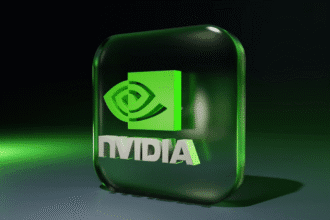The US and Japan have signed a big new deal that will change the way trade works throughout the world. President Donald Trump said that a trade deal between the US and Japan has been struck. Japan will invest $550 billion in the US economy as part of the pact. The tariffs on Japanese goods coming into the U.S. will now be 15%, down from the original 25%. This shows that both countries have come to an agreement that works for both of them.
This new deal is meant to make it easier for Americans to do business in Japan and ease tensions in the automobile and agricultural sectors. It is part of a bigger plan to bring back U.S. manufacturing, boost exports, and protect businesses at home.
What Are the Main Points of the New Trade Deal Between the US and Japan?
Japanese businesses would have to pay a 15% duty when they send goods to the US under the new trade accord between the US and Japan. This rate is much lower than the 25% that had been threatened. Japan has promised to buy more American goods in return, especially in the automobile and agriculture sectors.
Japan will also invest a huge $550 billion in American businesses as part of the accord. This is meant to boost output in the U.S. and support jobs there. Here is the link to our article on the US-Japan Trade Conflict.
What does this mean for the auto industry?
Japan’s car exports to the U.S. account for around 3% of its economy. The industry made $410 billion in commerce in 2019 alone. Japan may still send cars to the U.S. at a 15% tariff rate with no limits on how many they can transport. This is a big concession compared to what other countries have to deal with.
Japanese car companies are happy about this, while American car makers are worried. They say that their factories in Canada and Mexico still have to pay a 25% duty, which makes them less competitive.
What does this mean for jobs and manufacturing in the U.S.?
The deal fits nicely with the White House’s long-term goal of bringing American manufacturing back to life. Japan has promised to invest $550 billion, and the hope is that this money will assist the U.S. in creating employment and increasing its industrial capacity.
This action backs up President Trump’s story about restoring American industry and making the country’s trading positions stronger across the world. Adding agricultural exports and car parts opens up even more ways to expand. Here is the link to our article on the US-Japan Trade Deal.
Are other countries making deals like this?
Yes, the US also made a trade deal with the Philippines. Goods that come into the U.S. from the Philippines will have to pay a 19% tax under this deal. The Philippines, like Japan, was given better terms than were originally suggested in the April tariff plan.
These treaties are part of a bigger change in U.S. trade strategy that focuses on individual bilateral agreements to fix trade imbalances while keeping the threat of tariffs as a bargaining chip.
Final Thoughts
The US-Japan trade deal is a win-win for both economies. It helps Japan get into the American market without having to pay high fines. It brings in a lot of foreign investment and makes it easier for the U.S. to do business with other countries. As trade between countries changes, deals like this one will help shape the future of working together on economic issues. The US-Japan trade pact may set a good example for future talks with other trading partners because it lowers tensions and helps businesses.








